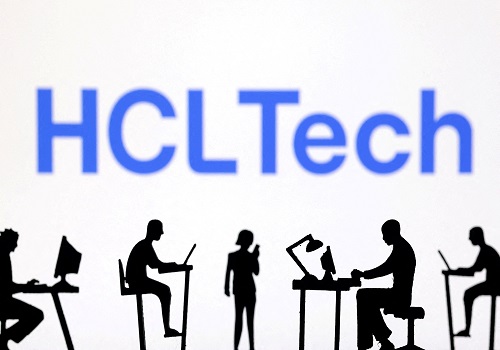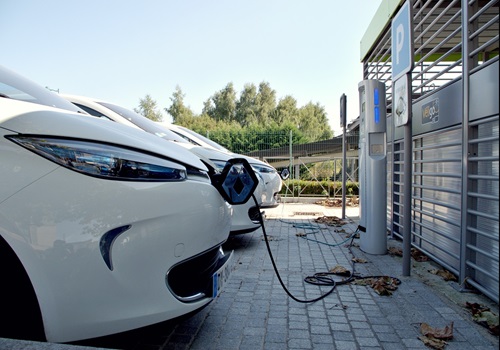Fixed Income Monthly Commentary - August 2023 by Pankaj Pathak, Fund Manager- Fixed Income

Below the Quote on The Monthly Fixed Income View- July 23 by Pankaj Pathak, Fund Manager- Fixed Income
Bond yields moved up in July due to sharp jump in the US treasury yields and Brent crude oil price. Higher-than-expected inflation print and abrupt jump in vegetable, cereals and pulses prices further dampened the market sentiments.
The 10-year Indian government bond (G-sec) yield rose 6 basis points (1%=100 basis points) in the month of July to closed at 7.17% on July 31, 2023.
Liquidity Condition Eased
Banking system liquidity remained in the surplus in July. The core liquidity which excludes the government balance remain elevated around Rs. 3.8 trillion due to deposits of Rs. 2,000 denomination notes and foreign exchange buying by the RBI
Money market rates remained flat due to prevailing easy liquidity condition. The 3 Months Treasury bill was traded around 6.70%-6.72% at the month end. The 3 Month AAA PSU Commercial paper (CP)/Certificate of Deposit (CD) were trading 15-20 Bps above the respective maturity T-Bills.
US Rate hike and Rating downgrade
US Federal Reserve (FED) raised their key interest rate by another 25 basis points to 5.25-5.50% in the month of July 2023. The Fed chairman Jerome Powell continued with the hawkish tone and kept the door open for another rate hike this year as labour market continues to remain relatively strong, with worker demand exceeding the supply. The 10 Year US treasury yields have jumped from 3.82% to 3.96% in the month of July and jumped above 4% during the first week of August.
The rating agency Fitch downgraded the sovereign credit rating of the US by one notch from AAA to AA+ on August 01,2023 citing the expected fiscal deterioration over the next three years and a high and growing general government debt burden. This is second downgrade of US sovereign rating in 12 years, when the S&P had downgraded to AA+ in 2011.
The US treasury yields moved higher post downgrade for a short period. The 10 year US treasury yield moved up to 4.2% in the first week of August before cooling off to 4% now.
Inflation Spike
The Consumer Price inflation rose to 4.81% YoY in June 2023 vs 4.25% in the previous month. After 4 consecutive months of inflation easing and reaching closer to the RBI’s target of 4%, Inflation has inched upward in the June. The upside surprise was driven primarily by the food group. While Non- food and fuel (Core) inflation remained sticky around 5.1%.
Going forward inflation is expected to inch higher due to sharp increase in vegetable, cereals, and pulses prices. Abrupt spike in the tomato prices will likely push the CPI inflation above 6% over the next 2-3 months. However, this should be transitory, and we would expect the headline CPI to fall back to near 5% by the year end. We expect the CPI inflation to average around 5.3% in FY24
RBI Policy – A cautious Pause
The Monetary Policy Committee (MPC) of the RBI decided unanimously to keep the policy repo rate unchanged at 6.50%. Consequently, the Standing deposit facility (SDF) and Marginal standing Facility (MSF) rates remain unchanged at 6.25% and 6.75% respectively.
The MPC also voted 5-1 in favor of policy stance as “Withdrawal of accommodation” to ensure that inflation progressively aligns with the target of 4%, while supporting the growth. RBI also revised its CPI inflation projections for FY 2023-24 from 5.1% to 5.4%. Also, CPI inflation for Q1 FY 2024-25 is projected at 5.2%.
To impound the excess liquidity in the system. RBI introduced an Incremental cash reserve ratio (ICRR) of 10% of the increase in the net demand and time liabilities (NDTL) of scheduled commercial banks between May 19, 2023, and July 28, 2023. This measure aims to absorb the surplus liquidity and it is purely a temporary measure for managing the liquidity overhang. The I-CRR will be reviewed on September 8, 2023, or earlier with a view to returning the impounded funds to the banking system ahead of the festival season.
The bond market remained unchanged as the monetary policy was broadly in line with the market expectation. The I-CRR is expected to take out around Rs. 1.1 trillion from the banking system. Even after this temporary impounding, banking system liquidity will remain in surplus of over Rs. 1 trillion in the next 1-2 months. Also, this is a temporary measure to manage the sudden increase in liquidity due to deposits of Rs. 2000 currency notes and RBI’s forex interventions.
This should not have any durable impact on the bond yield curve though money market yields might inch up 10-15 basis points over the coming weeks.
Outlook:
We expect the Indian bond yields to remain in the broader range of 7.0%-7.3% over the coming months, tracking crude oil prices and the US treasury yields.
Longer term outlook of bonds looks more favourable as the rate hiking cycle is near end in most economies around the world and rate cutting cycle can start early next year.
Investors with 2-3 years investment horizon and some appetite for intermittent volatility, can continue to hold or add into dynamic bond funds.
Dynamic bond funds have flexibility to change the portfolio positioning as per the evolving market conditions.
This makes dynamic bond funds better suited for the long-term investors in this volatile macro environment.
Investors with a short-term investment horizon and with little desire to take risks, should invest in liquid funds which own government securities and do not invest in private sector companies which carry lower liquidity and higher risk of capital loss in case of default.
Above views are of the author and not of the website kindly read disclaimer










Top News

Myntra outpaces market with strong growth aided by customer acquisition, innovation & operat...
Tag News

Monthly Debt Market Update, September 2023: CareEdge Ratings



More News

Quote on Banking stocks under pressure after RBI Announced Incremental CRR For Banks by Dr. ...







